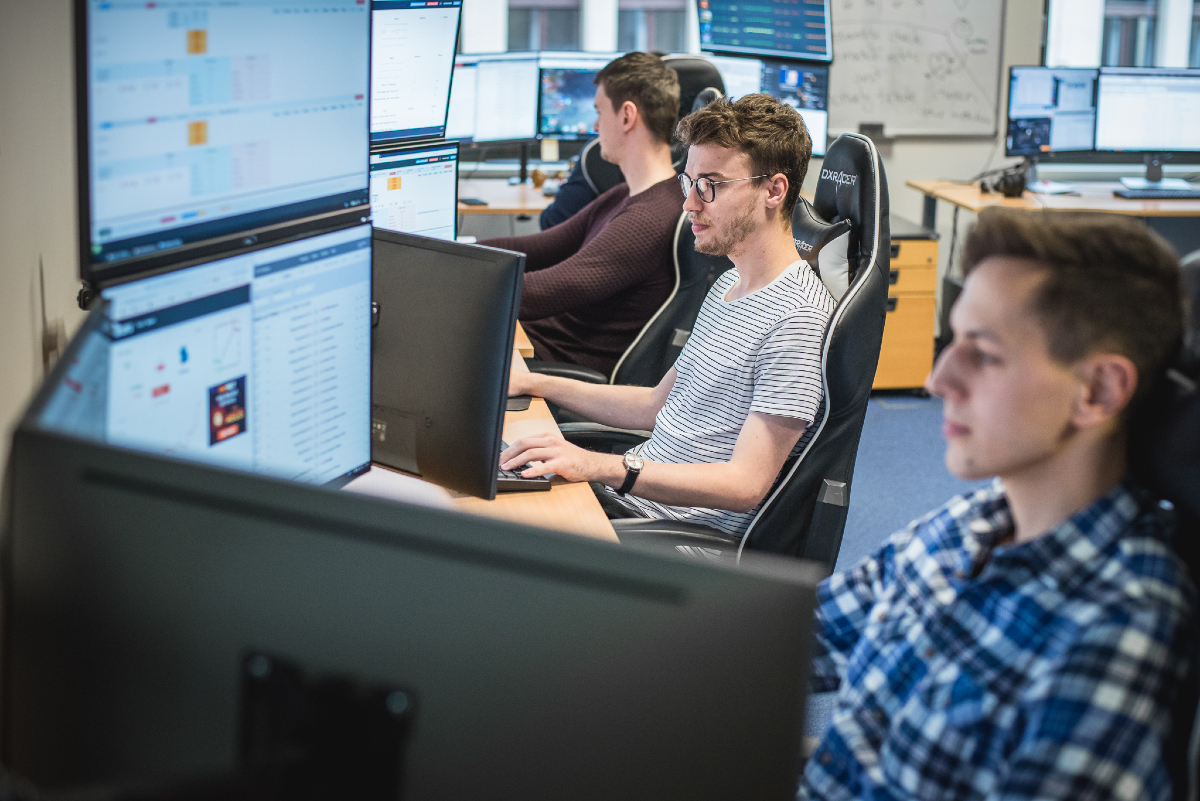
A Community within a Community: How and why schools should start eSports programs
By Aaron Addison, LG Business Solutions USA
While most teachers and educators are aware of the eSports phenomenon and its ever expanding popularity, many remain unfamiliar with all the benefits an eSports program can offer to both students and schools themselves. Moreover, some educators looking to introduce eSports programs feel overwhelmed and in the dark about how to get started.
In the modern era, schools are expected to not only offer their students new ways to connect and learn, but also to future-proof their curriculums with the most up-to-date programs. eSports is a great way to tackle both.
eSports programs help students grow academically and socially
Gaming and eSports present students with many positive influences and opportunities. Through eSports, kids as young as middle school age can learn how to collaborate and expand their network of friends. Sometimes students who struggle to make friends through traditional sports join an eSports team, and suddenly they have their own group. Also, eSports can help students acquire new skill sets, including a better understanding of analytics and how to win and lose gracefully. The hope is students will take these essential skills with them through the rest of their academic careers and into their adult lives.
Additionally, eSports is a genuinely inclusive experience where gender, age, race, intellect level and background don’t matter. Pretty much anyone interested can join an eSports team and participate in competitions. The focus of eSports is really on having fun, and if students enjoy what they’re doing, they’re more likely to learn and want to continue coming back.
Once students graduate from high school and move on to college, they can choose to take advantage of the many scholarship opportunities available to eSports players. The National Association of Collegiate Esports estimates that more than 170 U.S. colleges have eSports programs offering around $16 million per year in scholarships. If students open the door to eSports and work on developing the skills they need to be good players, they will ultimately be exposed to more opportunities down the line.
New curriculums and offerings allow schools to stand out
Similarly, schools that dedicate the right technology and direction to developing eSports programs will see exciting returns. While some parents and educators still tend to think that video games are a negative distraction, that’s simply not the truth. eSports and online gaming have exploded from a cottage industry to a legitimate and exciting way school educators, superintendents, and university presidents can put their institutions ahead of the curve. Furthermore, since 2018, more than 8,600 high schools have started video-gaming teams.[1]
A great way to get started with an eSports program is to dedicate space and have an environment where the students feel like it’s theirs. Just like the football field or soccer stadium, this is their space where the team practices and gets better at what they do. Without a designated space, eSports players can lose the communication, collaboration and leadership opportunities that make gaming such a positive activity. In terms of technology, don’t be afraid to start small. Many eSports programs don’t require a considerable investment and consist of just a few monitors to begin with. At the other end of the spectrum, some of the larger eSports programs feature giant screens and sophisticated digital signage in arenas.
Along with the appropriate technology and environment, the most successful eSports programs are led by a passionate and engaged coach. Similar to traditional sports, students will perform best with a fun and energetic teacher guiding them. We’ve seen cases where schools have cutting-edge eSports technology and eager students, but without a strong leader, the eSports programs unfortunately struggle to be successful.
It’s essential that industry leaders and educators capture the mindset of children today to educate them properly. eSports is here, and it’s the future, so we need to embrace it with open arms and recognize its potential.
Aaron Addison is the in-house gaming expert for LG Business Solutions USA, a leading provider of advanced display technologies to the eSports industry.
[1] Flannery, Mary Ellen. “Esports See Explosive Growth in U.S. High Schools.” NEA, 16 Sept. 2021, https://www.nea.org/advocating-for-change/new-from-nea/esports-see-explosive-growth-us-high-schools.










